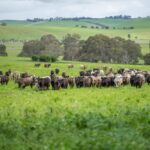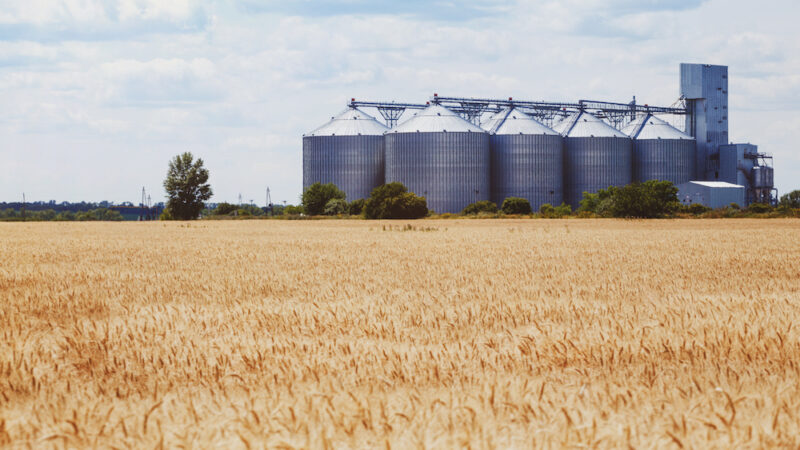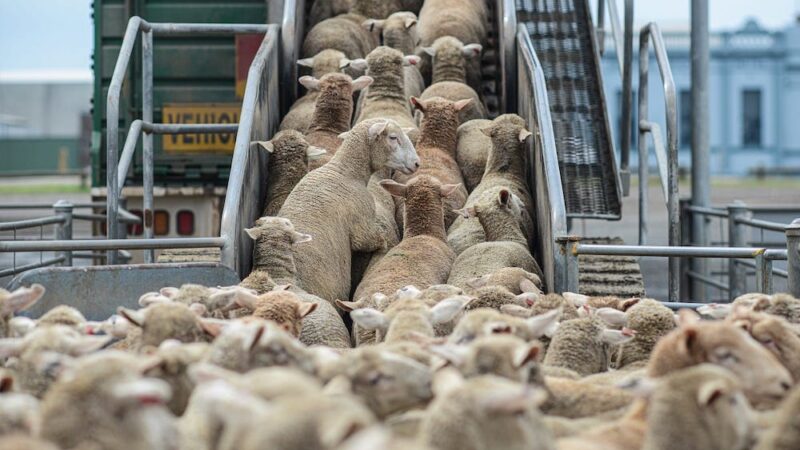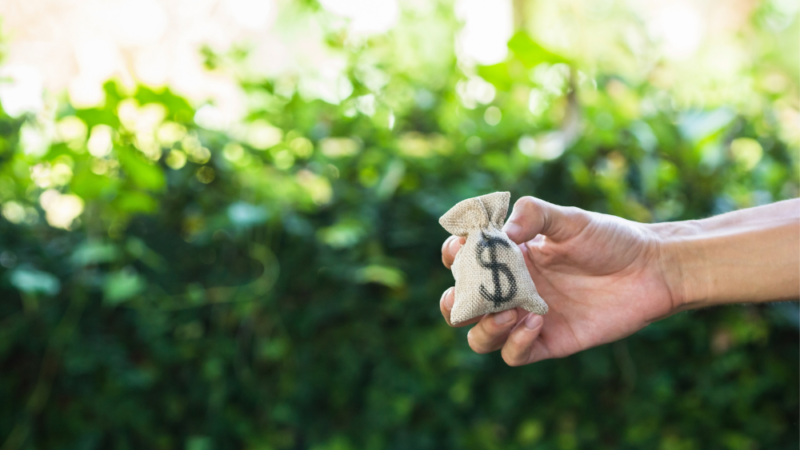It's one of the most popular sections of The Farmer magazine, so we've pulled together…
How Sri Lanka crippled its farming industry
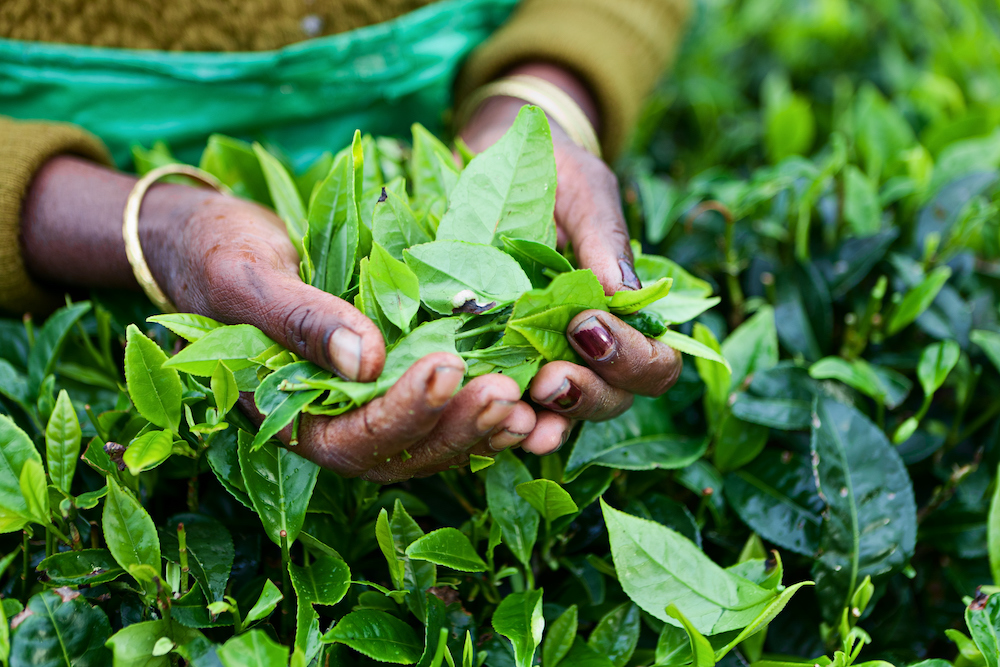
At the start of 2019, Sri Lanka had proudly achieved upper-middle income status. Two million people had been pulled out of hunger since the end of the 26-year-long civil war and the economy was booming with healthy tourism, agricultural, apparel and textile sectors.
Today, Sri Lanka�s economy is in a freefall and inflation is out of control. Food costs 80 per cent more than it did a year ago. Nine out of 10 Sri Lankan families are skipping meals, according to the UN World Food Program, and half a million people have sunk back into poverty.
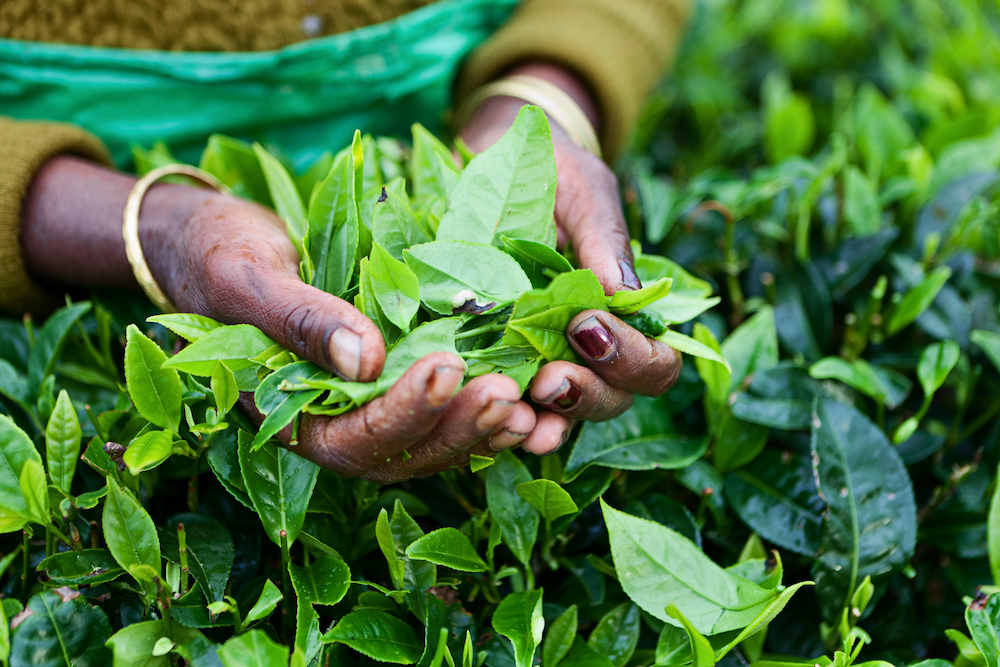
How did it all get to this?
It�s a long and sad story. It starts when terrorists set off a bomb in April 2019 in the capital Colombo, killing 290 people and kneecapping tourism, which until then had accounted for 12 per cent of GDP and employed 400,000 people.
A few weeks later, disgraced former President Gotabaya Rajapaksa won a landslide election on the back of outrage over the attacks and a populist agenda that included the biggest tax cuts in Sri Lankan history, as well as grandiose promises to provide Sri Lankans with chemical-free food.
The tax cuts went ahead in the same year, forcing a government that was already billions of dollars in the red to borrow more money at higher and higher rates of interest. Then Covid-19 happened and Sri Lanka�s tourism industry, which had only started to recover from the 2019 terror attack, vanished.
Nevertheless, with all this upheaval going on, Rajapaksa announced a nationwide ban on the import and use of synthetic fertilisers and pesticides in April. Six weeks later it went into play despite research by Verit� Research, a think tank in Colombo, that showed only 20 per cent of the nation�s two million farmers had access to suitable organic fertiliser alternatives and knew how to properly use them.
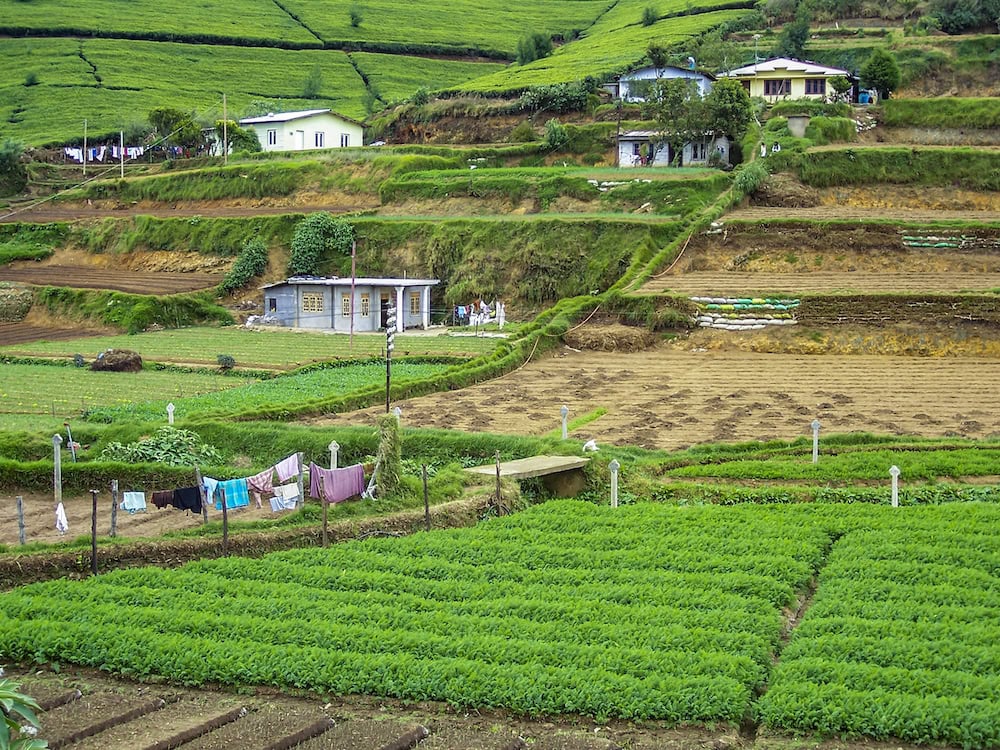
A miracle of science
To understand the gravity of Rajapaksa�s decision, one first needs to understand the great transformative effect synthetic fertilisers have had on the world.
Until the early 1900s, nine out of 10 workers tilled the soil to survive. There was no other way. That all changed after German scientists figured out how to synthesise ammonia, the basis for synthetic fertiliser, from thin air.
Synthetic fertilisers helped send crop yields to the moon and gave birth to modern food systems. Hundreds of millions of workers shifted from farming to manufacturing and service industries that offered higher incomes and a better quality of life than farming. In turn, this mass urbanisation gave birth to the middle class and all its trappings, including things like modern food systems, universal education and healthcare.
But like the combustion engine, light bulb and other great transformative technologies, ammonia synthesis proved a double-edged sword. Manufacturing the chemical consumes 2 per cent of the world�s energy while its application accounts for 1.8 per cent of carbon dioxide emissions.
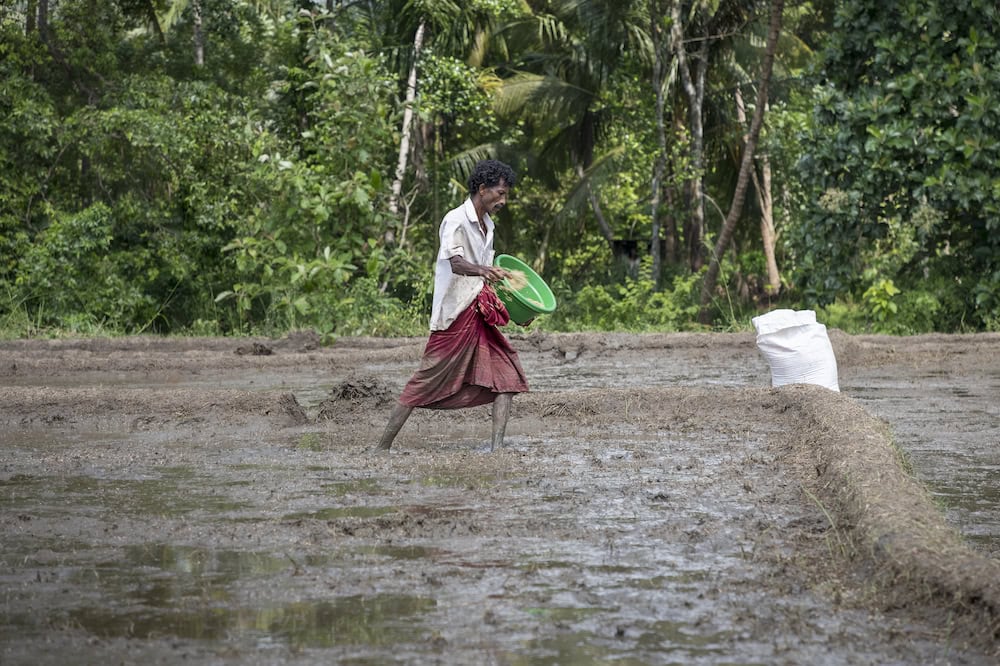
But the cost of suddenly banning synthetic fertilisers in a country dependent on them and replacing them entirely with organic manure is quite calculable. In an open letter to Rajapaksa dated June 30 and signed by 30 of Sri Lanka�s most prominent scientists and agronomical experts, they warned the move would reduce yields of crops bred for responsiveness to synthetic fertilisers to 50 per cent, down by 20 per cent.
�There is special concern about the potential impact on rice and tea, one a staple food and the other a very important foreign exchange earner of the country.�
Open letter to President Rajapaska from 30 of Sri Lanka’s scientists and agronomic experts.
Data released by Sri Lanka�s Central Bank in October of last year showed those calculations were correct. Within six months, rice production dropped by 20 per cent. A one-time rice exporter, Sri Lanka suddenly had to find half a billion dollars to import rice every year. Yields for tea, Sri Lanka�s biggest and richest export, fell 18 per cent, an annual loss of another half a billion dollars.
Organic farming does have a place
Sri Lanka is a country whose name is synonymous with tea growers. Tea was the island�s biggest export in 2019, bringing in more than $1.5 billion per year in foreign currency.
There were tens of thousands of tea growers but only one was organically certified: Hethersett Estate, a 10-hectare property set in the country�s lush southern highlands that has produced �tea of the finest pedigree� since 1873. The estate also has an old-fashioned luxury hotel, the Heritage Tea Factory, where wealthy tourists pay to spend an hour or so picking tea in beautiful green rolling hills before retiring to a drawing room with period furniture to sip tea and eat cucumber sandwiches.
Even now, in the worst economic downturn in the country�s history, Hethersett Estate is in the black. Its longevity shows how organic farming can work � but only as a niche within a larger agrochemical food system.
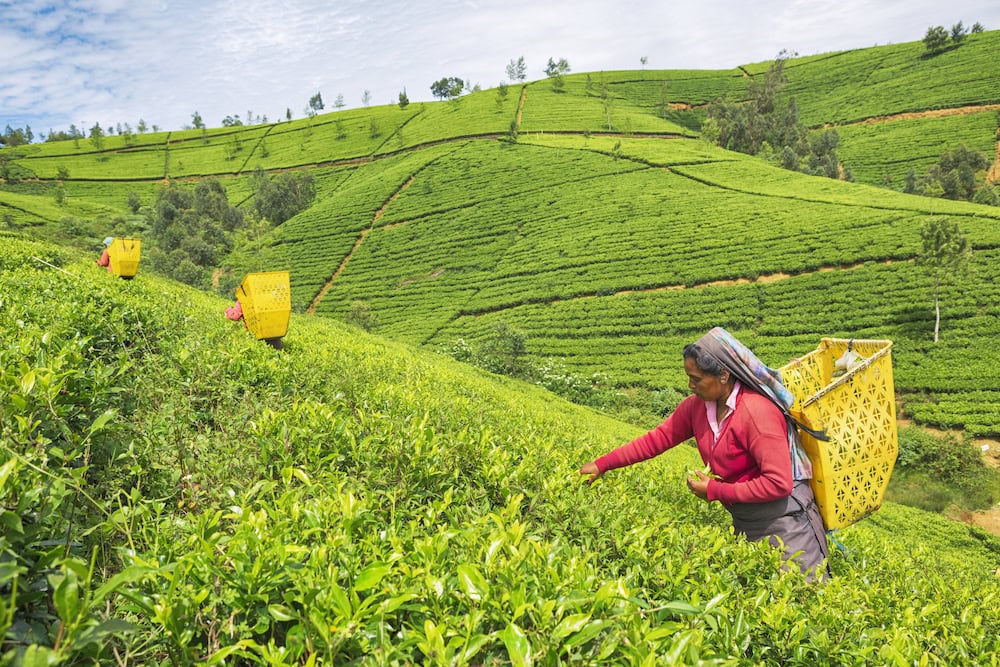
Globally, organic farming plays a significant role in two key agricultural niches that lie at opposite ends of the world�s economy.
The first are the 700 million-odd subsistence farmers who use organic fertilisers and kitchen waste simply because they can�t afford or get access to synthetic fertilisers.
The second and growing market includes more affluent consumers of organically certified produce as a lifestyle choice tied up with information about its health and environmental benefits.
The global organic food market size was valued at USD 178.4 billion in 2021 and is expected to be worth around USD 497.3 billion by 2030.
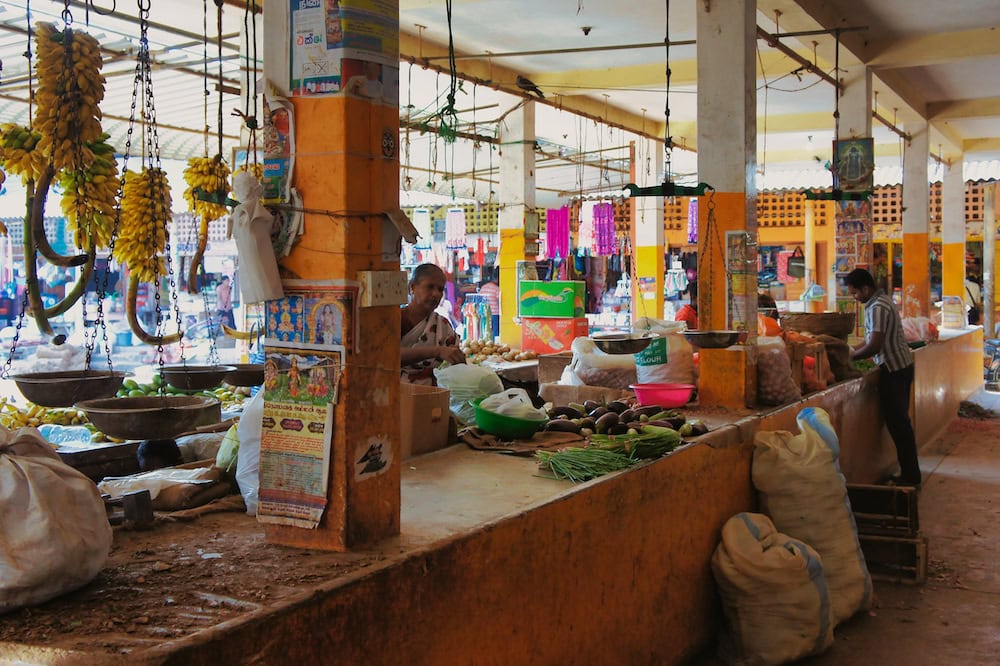
The Australian organic food industry is also on the rise. According to the Australian Organic Market Report 2021, that estimated the retail value of the organic market to be at least $2.3 billion. Australia has seen a compound annual growth rate of 13 per cent since 2012, with the number of certified organic operations increasing by 38 per cent since 2011.
Consumer demand for organic food is growing at a rate of 20 to 30 per cent per year. It is estimated that more than 6 out of every 10 Australian households now buy organic foods on occasion. Popular products include fruit and vegetables, beef, non-alcoholic drinks, nuts and ready-to-eat foods.
Back in Sri Lanka
The Verit� Research survey found that 64 per cent of Sri Lankan farmers supported a transition to organic farming. But they expected government support to ease the effects of the switch for at least two years, and they never expected a ban on synthetic fertilisers would be applied with only six weeks� notice. During the 2019 electoral campaign, Rajapaksa spoke of phasing out synthetic fertilisers incrementally over 10 years.
So why did the former president rush the ban through? Critics say it was to help patch holes in the budget he had created through his lavish tax cuts with the half a billion dollars the government was spending on subsidies for synthetic fertilisers.
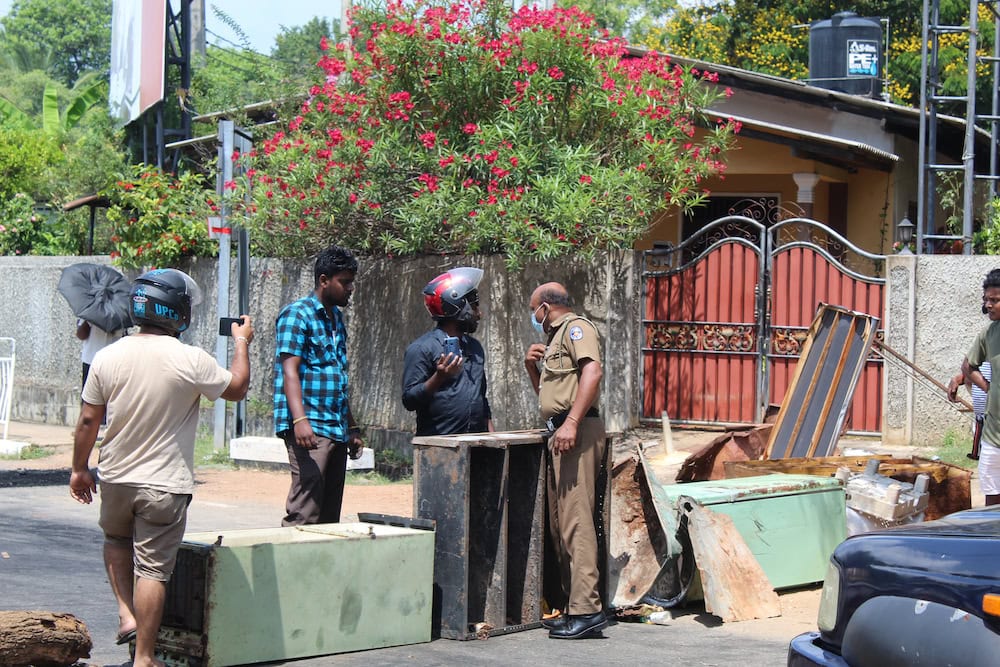
By July, Sri Lankans had had enough of Rajapaksa. They stormed his mansion, forcing him to flee to Singapore. A human rights group is trying to have him arrested now for economic mismanagement and war crimes linked to the Sri Lankan civil war that ended in 2009. The former charges are more relevant but the latter have more teeth and could be Rajapaksa�s final undoing.
A new government has been named and is working to clean up the mess that�s been left behind. India has extended a line of credit of $75 million so the country can start buying synthetic fertilisers again. Farmers are receiving small cash handouts to compensate them for their losses last year. Soldiers have been gang-pressed to work on farms and government employees now have four extra days off per year to grow their own food at home. Every little bit will help. But with a mess this big, Sri Lanka is going to need a long time to recover.
If you would like to read more international features like this one, you might want to read our story on how farmers in Ukraine are dealing with the invasion.




